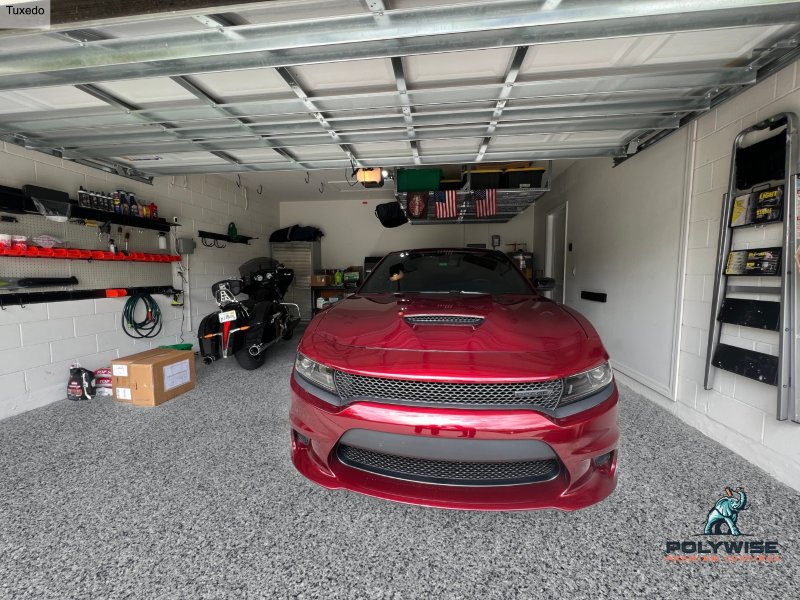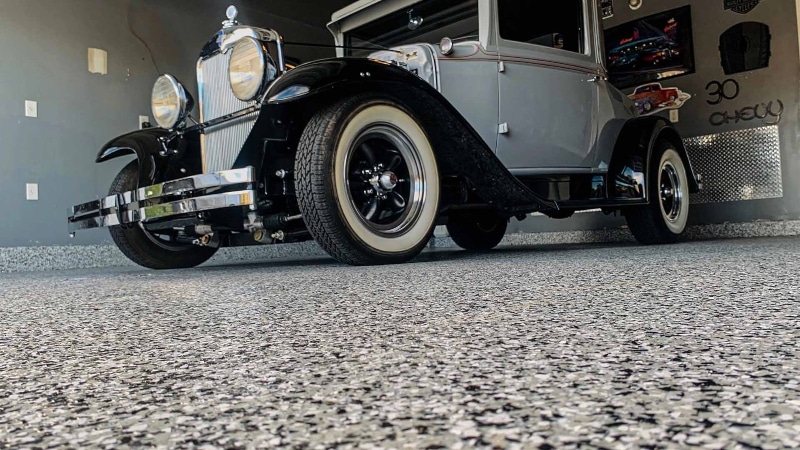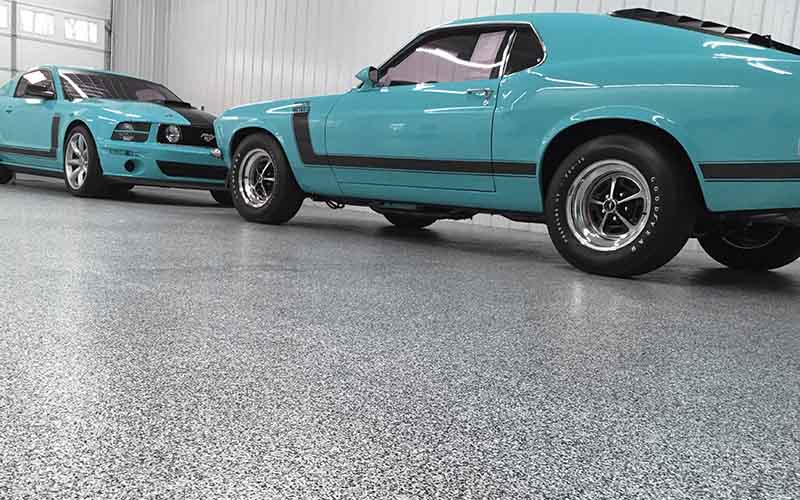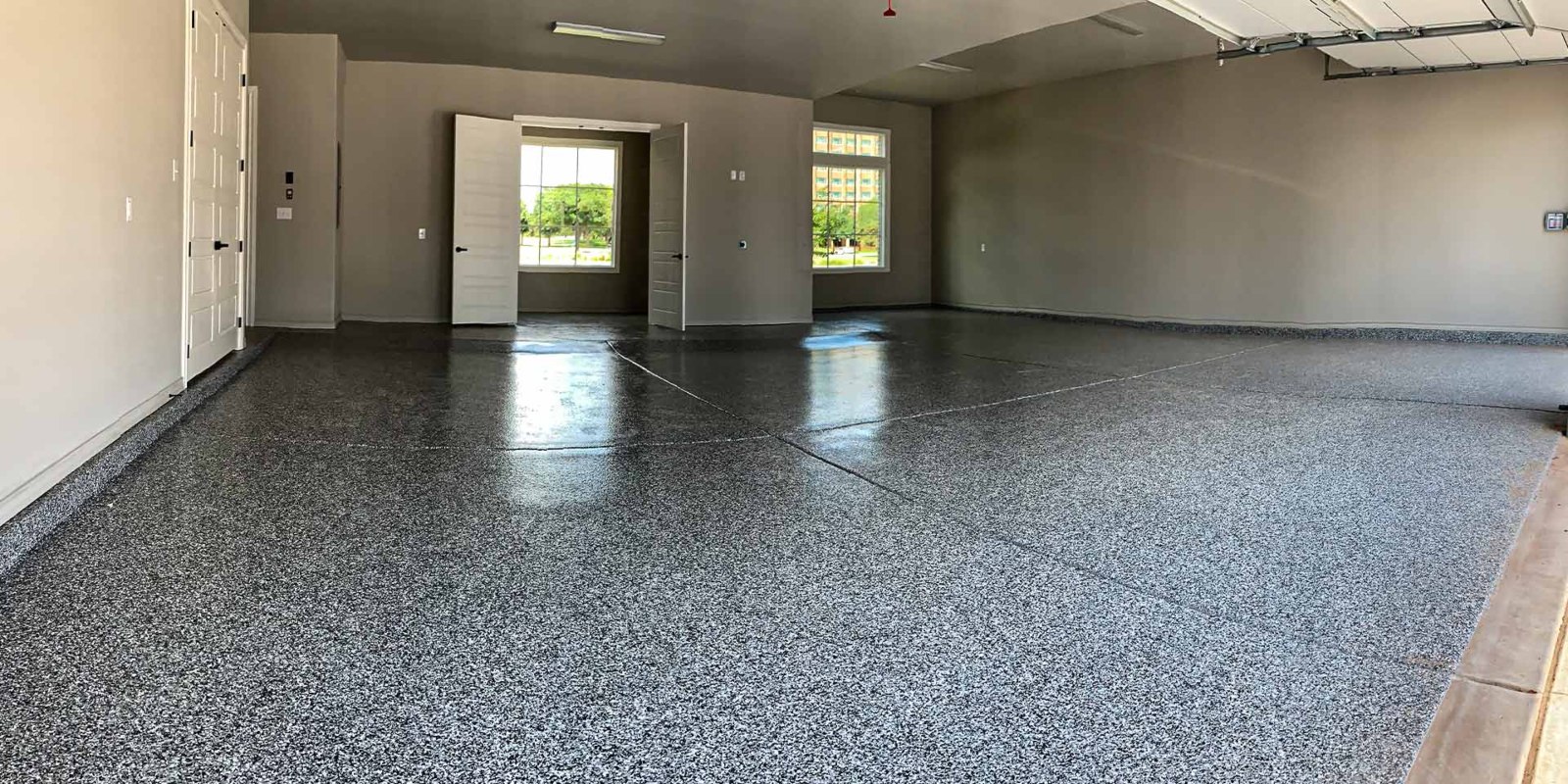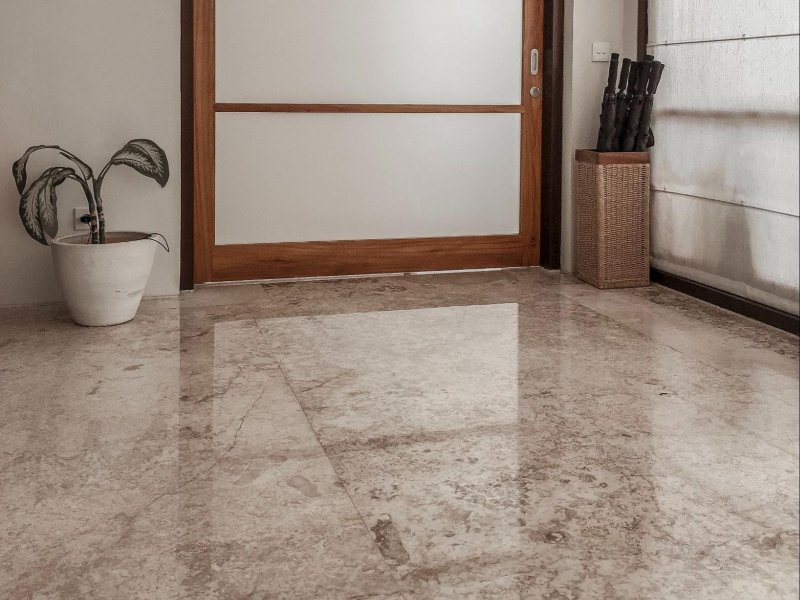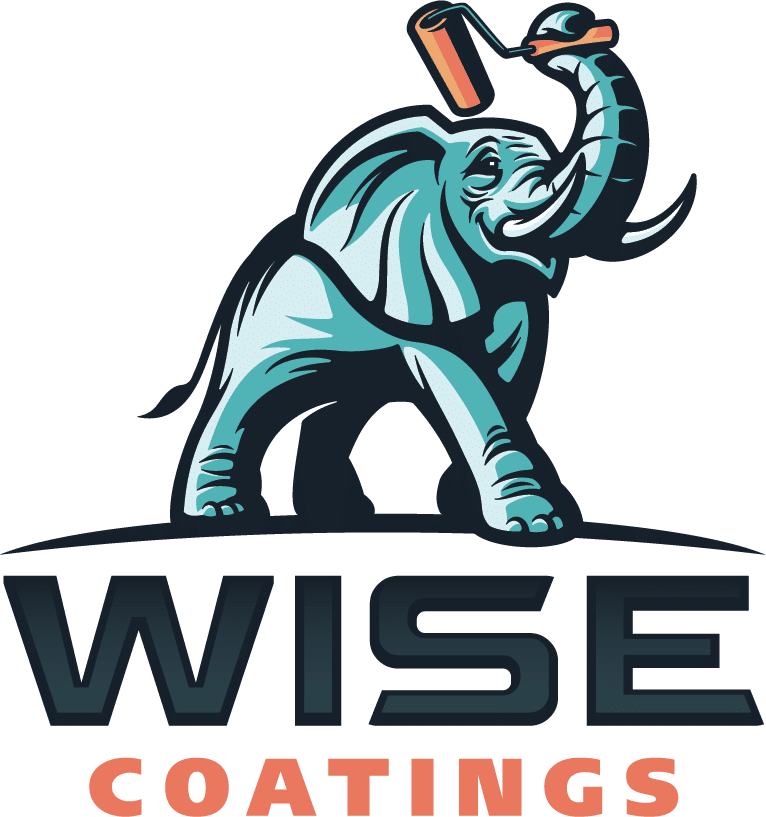Everything You Need to Know About Concrete Coating and Its Benefits
Are you in the market for a durable coating that can withstand all types of weather conditions and provide beautiful, unique finishes? Look no further than concrete coating! This reliable solution has been used for decades to protect outdoor surfaces, enhance aesthetic appeal, and reduce maintenance time. In this blog post, we’ll discuss everything you need to know about concrete coating and its benefits— from its benefits to different application options. You’ll see why it’s becoming such an attractive choice for many homeowners looking for a long-term protective surface. Keep reading to find out how concrete coatings can upgrade your property and create an eye-catching addition to any space!
What is Concrete Coating and Its Benefits
Concrete coating is a type of covering or sealant applied to concrete surfaces to protect them from environmental damage, wear and tear, and to improve their aesthetic value. It is composed of a unique blend of polymers, resins, and other materials designed to bind to concrete and lend it additional strength and resilience. There are many benefits to using concrete coating in your home or business.
Firstly, concrete coating offers an enhanced level of durability to your concrete surfaces, effectively protecting them against environmental damage such as sun exposure, rain, snow, or chemical spills. This extends the lifespan of the concrete and reduces the need for frequent repairs or replacement.
Secondly, concrete coatings provide an aesthetic boost. Available in a range of colors and textures, they can be customized to suit any design or style preference, making your concrete surfaces visually appealing.
Lastly, concrete coatings are easy to clean and maintain, saving homeowners considerable time and effort. They resist staining and can be easily swept or mopped, keeping your space looking neat and tidy.
In essence, concrete coating is an investment in the longevity, appeal, and convenience of your property.
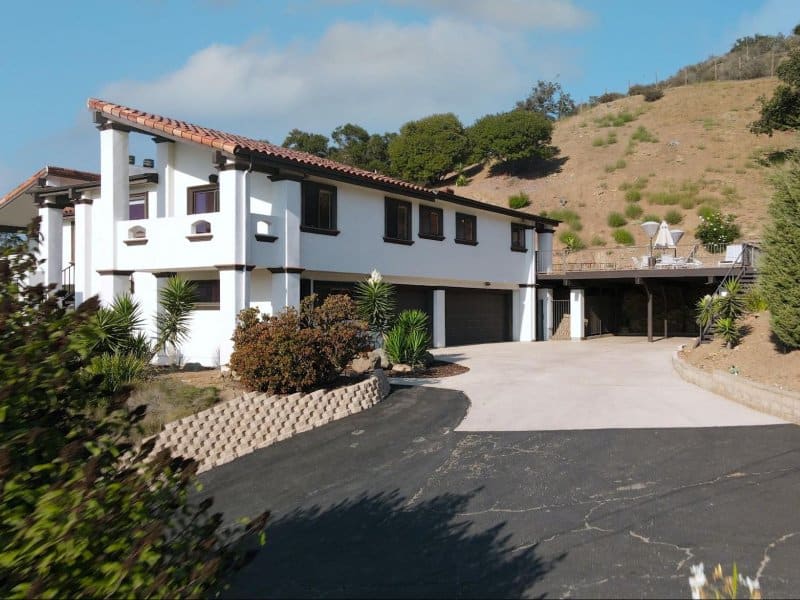
Types of Concrete Coating Available
There are various types of concrete coatings available on the market, each with their unique characteristics and advantages.
- Epoxy Coating: Epoxy is a popular choice for concrete coatings due to its durability and resistive properties. It’s ideal for areas with heavy traffic and exposure to chemicals, such as garages, warehouses, and industrial facilities. The high-gloss finish of epoxy coatings not only enhances the aesthetic appeal but also improves lighting due to its reflective nature.
- Polyurea Coating: Known for its fast curing time and ability to withstand extreme temperatures, polyurea is an excellent option for both indoor and outdoor applications. It provides a flexible, waterproof coating that resists damage from abrasion, punctures, and impacts.
- Acrylic Coating: Acrylic is a cost-effective and UV-resistant concrete coating option. It’s thinner than other coatings but offers a protective layer that is both durable and enhances the color of the concrete beneath.
- Polyaspartic Coating: Polyaspartic coatings are similar to epoxy and polyurea but with faster curing times. They offer excellent chemical resistance, UV protection, and the ability to withstand high traffic and heavy loads.
It’s important to consider your specific needs, budget, and the condition of your concrete when choosing a coating. Consulting with a professional can help guide you to the best option for your situation.
Advantages and Disadvantages of Concrete Coating
Like any other solution, concrete coating also comes with its own set of advantages and disadvantages that should be taken into account.
Advantages
- Durability: Concrete coatings provide an added layer of protection, enhancing the durability of your concrete surfaces and making them resistant to environmental damage and wear and tear.
- Aesthetics: Available in an array of colors and textures, concrete coatings can be tailored to fit your design preferences, adding an aesthetically pleasing element to your space.
- Ease of Maintenance: Concrete coatings are easy to clean and maintain, saving you significant time and effort. The resistant nature of the coating keeps stains at bay, allowing for easy clean-up.
Disadvantages
- Cost: While concrete coating is a long-term investment, the initial expense can be significant, especially for higher-end options like epoxy and polyurea.
- Application: The process of applying a concrete coating can be complex and time-consuming. It often requires professional assistance to ensure a smooth and effective application.
- Weather Sensitivity: Though highly durable, certain types of concrete coatings may be sensitive to extreme temperatures and could require additional maintenance or protection in such cases.
In conclusion, while concrete coating has substantial benefits, it’s important to consider the potential downsides to make an informed decision that best suits your needs and circumstances.

Preparing the Surface for Concrete Coating
Before applying any type of concrete coating, adequate surface preparation is crucial to ensure optimal adherence and longevity of the coating. For starters, the concrete surface must be clean, free of dirt, grease, oils, or any other substance that might interfere with the bonding process. Pressure washing is often used to thoroughly clean the surface.
Following cleaning, the concrete surface needs to be checked for cracks or flaws. These should be repaired using a suitable concrete repair mix. Once repairs are done, you need to allow sufficient time for the surface to dry completely.
The next step is to open up the pores of the concrete to allow the coating to penetrate and bond effectively. This is usually done through a process called “etching,” using an acid-based etching solution.
Finally, the surface should be rinsed thoroughly to remove any etching residue and left to dry before the coating application. Remember, each type of concrete coating may have specific preparation requirements. It’s important to follow the manufacturer’s instructions or consult with a professional for the best results.
Application Process for Concrete Coating
The application process for concrete coating involves several vital steps to ensure an effective, long-lasting finish.
- Primer Application: The first step is to apply a primer to the prepared surface. This provides a suitable base for the coating and enhances its bonding capacity. The primer should be spread evenly and allowed to dry according to the manufacturer’s instructions.
- Coating Application: Once the primer is dry, you can apply the concrete coating. It’s typically mixed according to the product instructions and then applied using a roller or sprayer, starting from one corner and working your way across the surface. Care should be taken to ensure an even, smooth layer.
- Curing: After the application, the coating needs to cure. The curing time can vary depending on the type of coating used, the temperature, and humidity. During this time, the coated surface should not be disturbed or exposed to heavy traffic.
- Final Inspection: After curing, the surface should be inspected to ensure the coating has adhered properly and that there are no flaws or areas that need touch-ups.
Remember, each type of concrete coating may have specific application procedures and guidelines. Always refer to the manufacturer’s instructions or consult a professional for the best outcome.
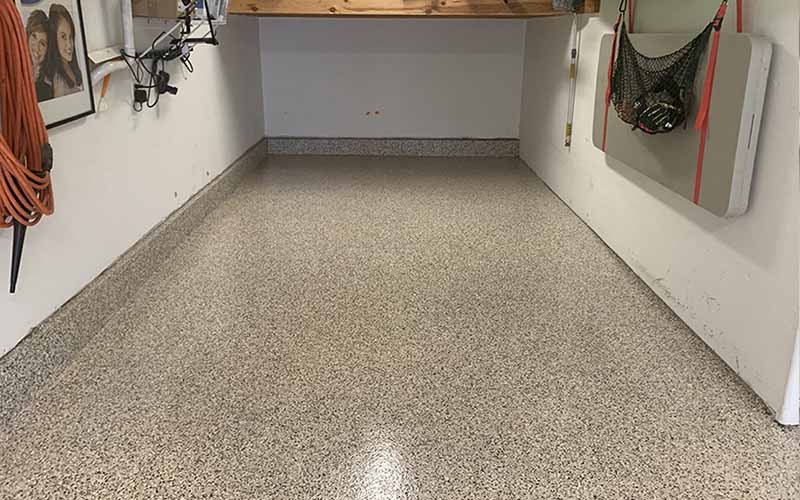
Tips for Maintaining Your Newly Applied Concrete Coating
Maintaining concrete coating helps extend its durability and keeps it looking fresh for longer. Here are some tips for maintaining your newly applied concrete coating:
- Regular Cleaning: Regularly clean the surface with a mild detergent and warm water to remove dirt and grime. Avoid using harsh chemicals that could damage the coating.
- Sealing: Consider sealing the coating annually or as recommended by the manufacturer to further protect it from damage and wear.
- Prompt Attention to Damage: If you notice any damage, attend to it promptly. Small cracks or chips can be repaired easily, but if left unattended, they can lead to more serious issues.
- Routine Inspection: Conduct a routine inspection of the coated surface for any signs of wear or damage. This can help you address potential problems before they escalate.
- Professional Assistance: For major maintenance tasks or if you’re unsure about how to properly maintain the coating, consider seeking professional assistance.
In summary, while the application process for concrete coating may seem daunting, it is a worthwhile investment that offers numerous benefits. With proper surface preparation and maintenance, you can enjoy a durable, aesthetically pleasing concrete surface for years to come. Be sure to research different types of coatings and their specific requirements to make the best decision for your needs. Remember, consulting with a professional can also help ensure a successful outcome. So why wait? Give your concrete surface the upgrade it deserves with a high-quality coating today!
Wise Coatings
https://www.google.com/maps?cid=2589512530409833629
(503) 855-6338
https://wisecoatings.com/portland/




